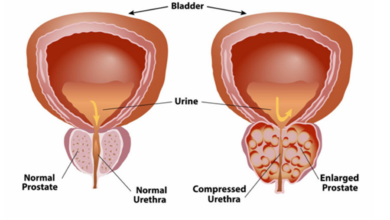
Streamlined Administrative Processes
Digital patient intake forms simplify the administrative tasks that traditionally consumed significant time and resources. By allowing patients to fill out forms online before their appointments, healthcare facilities can reduce the burden on administrative staff. This shift not only speeds up the check-in process but also minimizes the potential for errors that often occur with manual data entry. As a result, staff can focus more on patient care rather than paperwork, leading to a smoother and more efficient operation.
Reduced Wait Times and Enhanced Patient Flow
One of the most immediate benefits of digital intake forms is the reduction of patient wait times. When patients complete their forms ahead of time, they spend less time in the waiting room filling out paperwork. This improvement in patient flow helps keep schedules on track, reduces congestion in the reception area, and enhances the overall patient experience. Moreover, streamlined intake processes can lead to more timely appointments, ensuring patients receive the care they need without unnecessary delays.
Improved Data Accuracy and Accessibility
Accuracy in patient information is crucial for effective medical care. Digital intake forms significantly reduce the risk of errors associated with handwritten forms, such as illegible handwriting or incomplete information. With digital forms, data is consistently structured and easily readable, ensuring that healthcare providers have access to accurate patient information. Additionally, digital forms can be seamlessly integrated into electronic health records (EHRs), making patient data readily accessible to authorized personnel when needed.
Enhanced Patient Engagement and Satisfaction
Digital intake forms can enhance patient engagement by offering a more convenient and user-friendly experience. Patients appreciate the flexibility of completing forms at their convenience, whether from home or on the go. This convenience can lead to higher patient satisfaction as it demonstrates a commitment to providing patient-centered care. Furthermore, digital forms can include interactive elements, such as guided questions or instructional videos, to help patients understand and accurately complete the required information.
Environmental and Cost Benefits
Transitioning to digital patient intake forms also brings environmental and cost benefits. By reducing the reliance on paper, healthcare facilities can significantly lower their paper consumption, contributing to environmental sustainability. Additionally, the costs associated with printing, storing, and managing paper forms can be substantially reduced. These savings can be redirected towards other areas of patient care, further enhancing the overall quality of services provided.
Improved Compliance and Security
Another significant advantage of digital patient intake forms is the enhancement of compliance and security. Healthcare providers are required to adhere to strict regulations regarding patient data, such as HIPAA in the United States. Digital forms can be designed to ensure that all necessary consent and authorization are obtained before the patient’s visit. Additionally, these forms can be securely stored and encrypted, reducing the risk of data breaches compared to physical documents. With robust digital security measures in place, patients can trust that their personal and medical information is protected.
Integration with Other Digital Tools
Digital patient intake forms can seamlessly integrate with other digital tools and systems used within healthcare facilities. This integration facilitates a holistic approach to patient management, where information collected through digital forms can automatically populate EHRs, appointment scheduling systems, and billing platforms. Such integration reduces duplication of efforts and ensures that all relevant patient data is up-to-date and accessible across various departments. This interconnectedness enhances operational efficiency and enables healthcare providers to deliver coordinated and personalized care.
Future Innovations and Customization
Looking ahead, the use of digital patient intake forms is expected to evolve with advancements in technology. Future innovations may include the incorporation of artificial intelligence to pre-fill forms based on patient history or to offer predictive analytics for better health outcomes. Moreover, healthcare providers can customize digital intake forms to cater to specific patient populations or medical specialties, ensuring that the forms are relevant and comprehensive. This level of customization not only improves the patient experience but also ensures that healthcare providers collect all necessary information to deliver high-quality care.
Digital Intake Forms
The adoption of digital patient intake forms represents a meaningful step forward in modernizing healthcare administration and improving patient experiences. By streamlining administrative processes, reducing wait times, enhancing data accuracy, and engaging patients more effectively, digital forms offer a comprehensive solution to many of the challenges faced by healthcare providers. As the healthcare industry continues to embrace digital innovations, the use of digital patient intake forms is poised to become a standard practice, driving better outcomes for both patients and providers.








